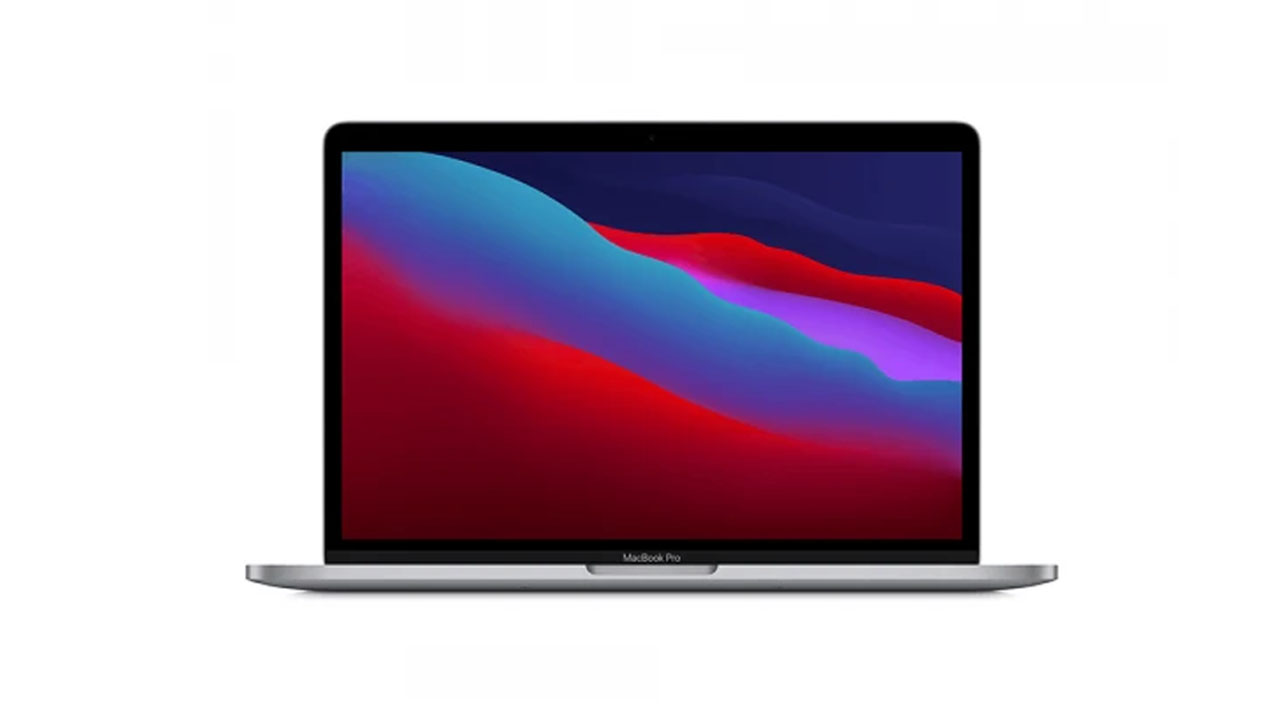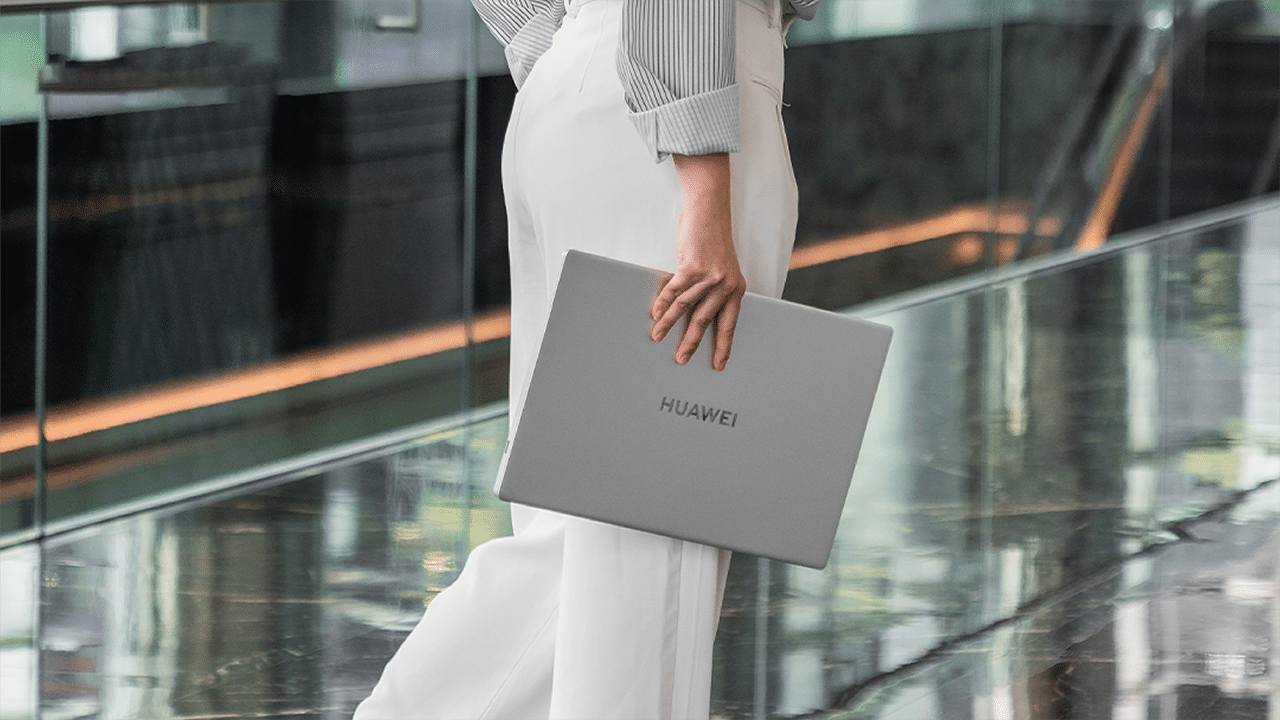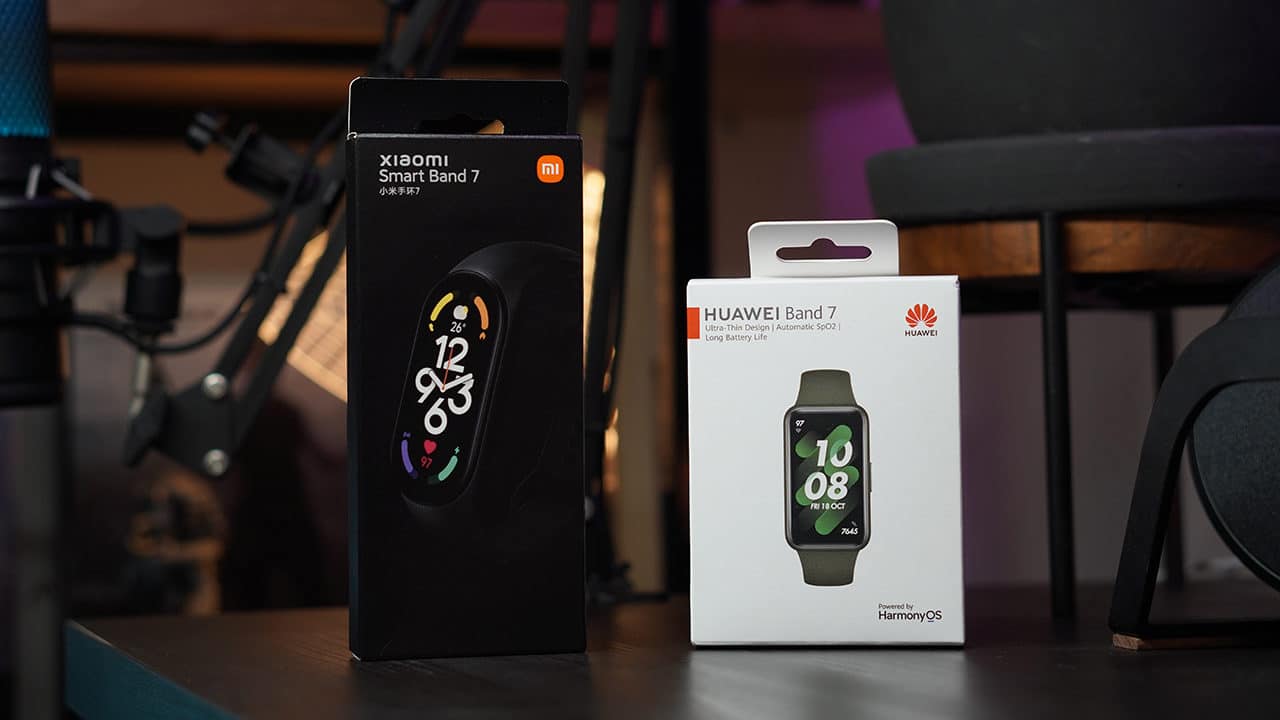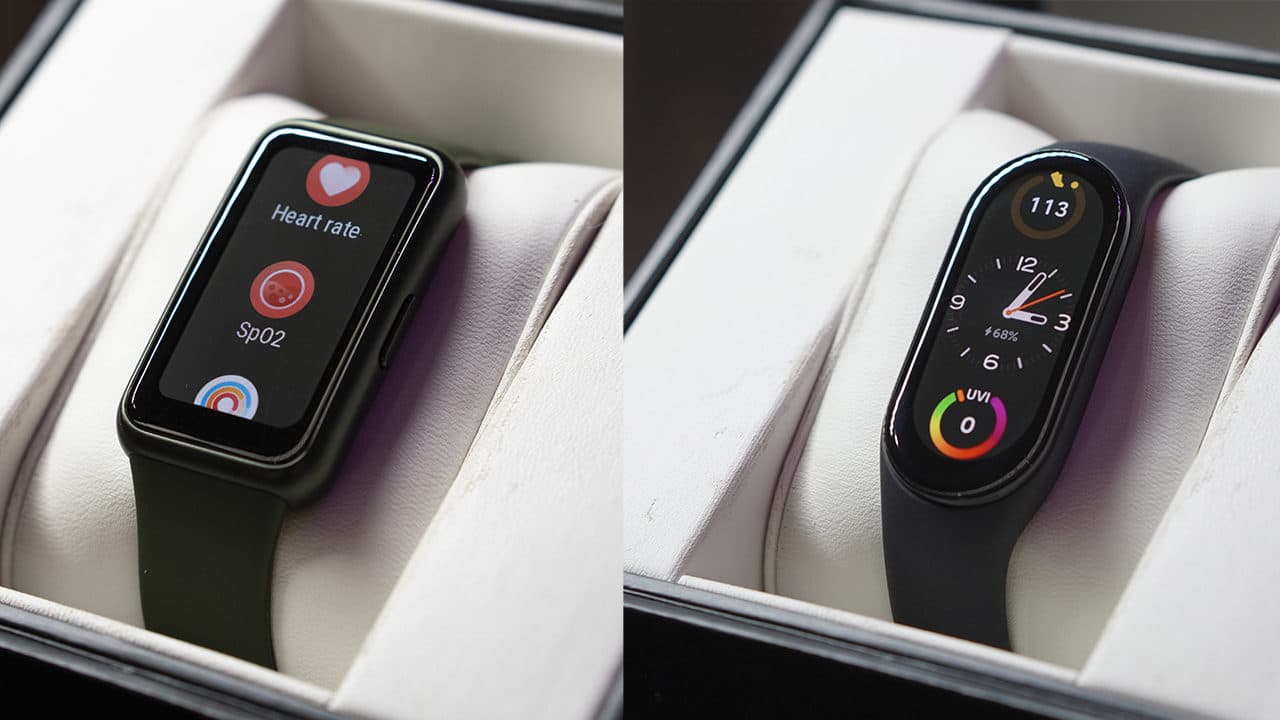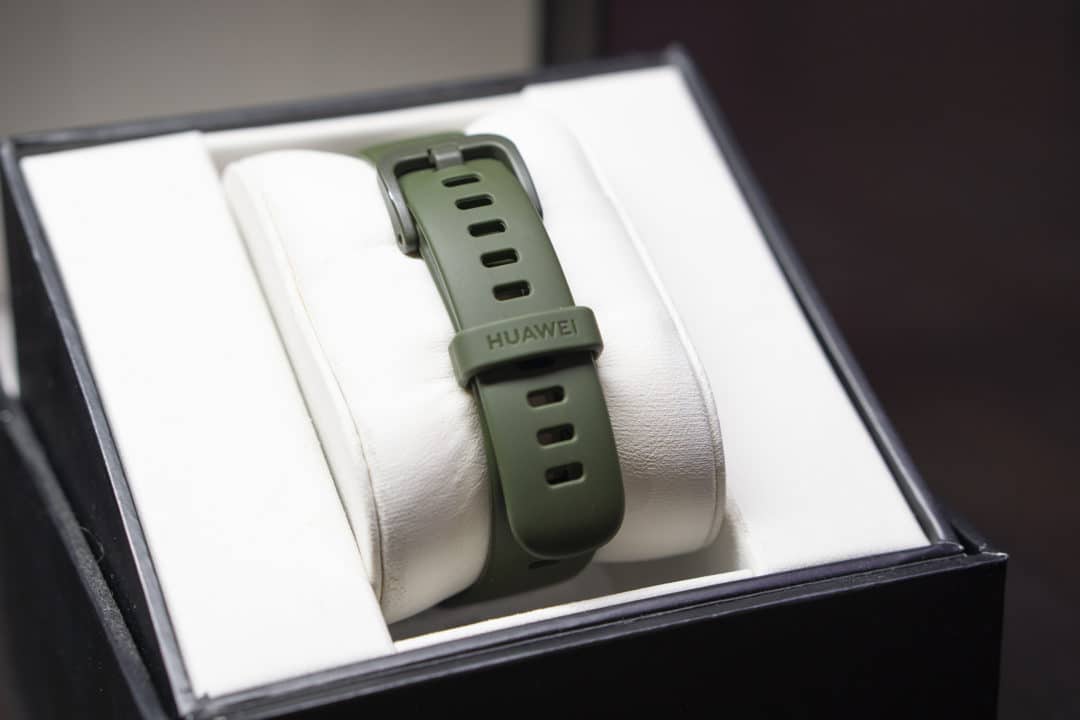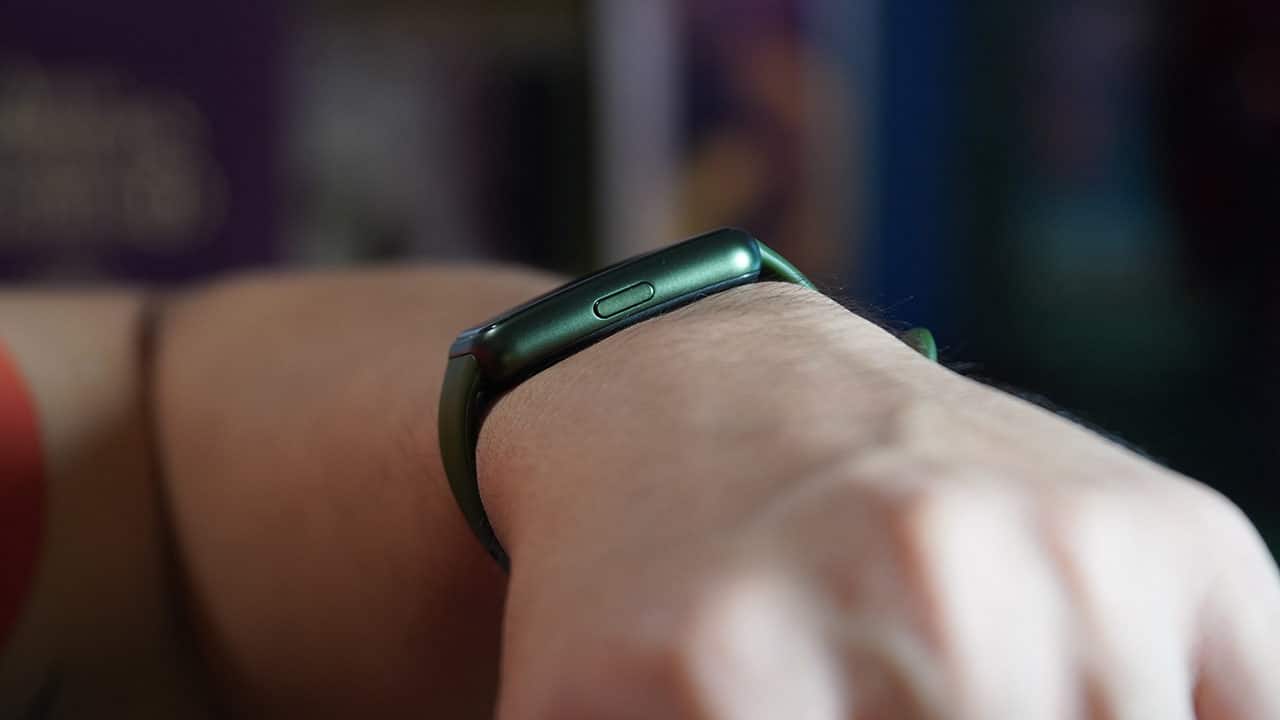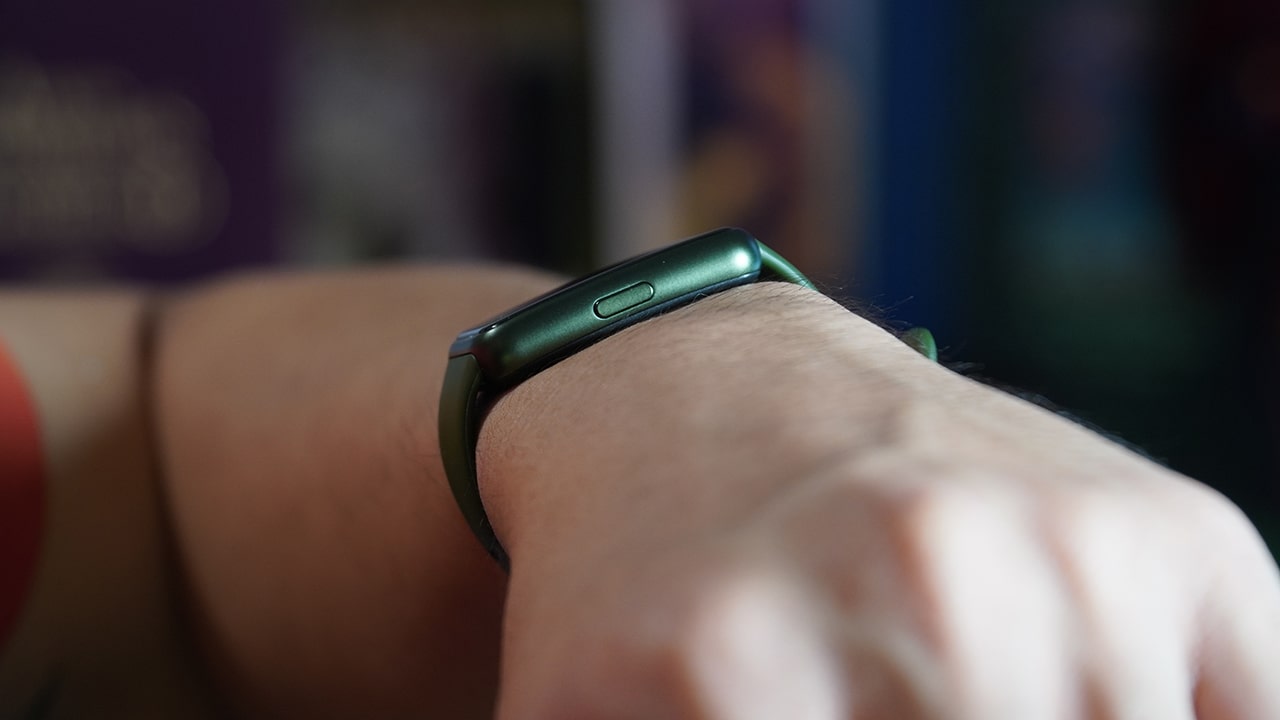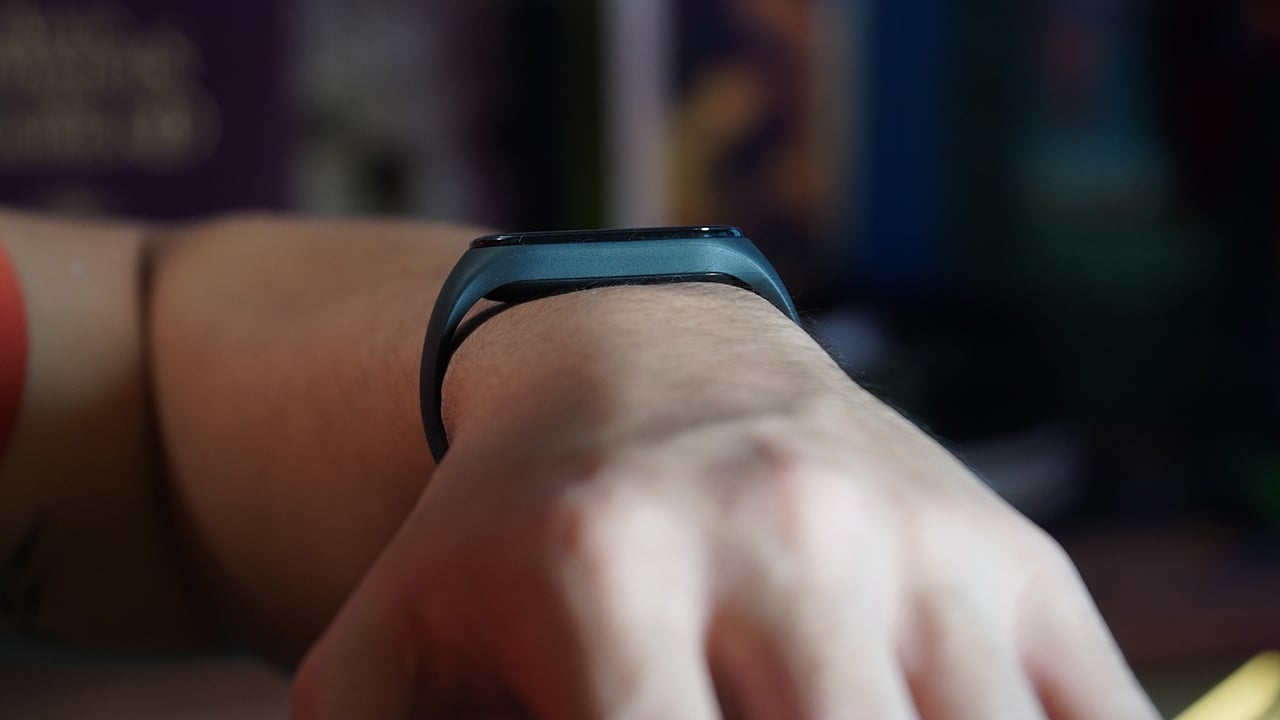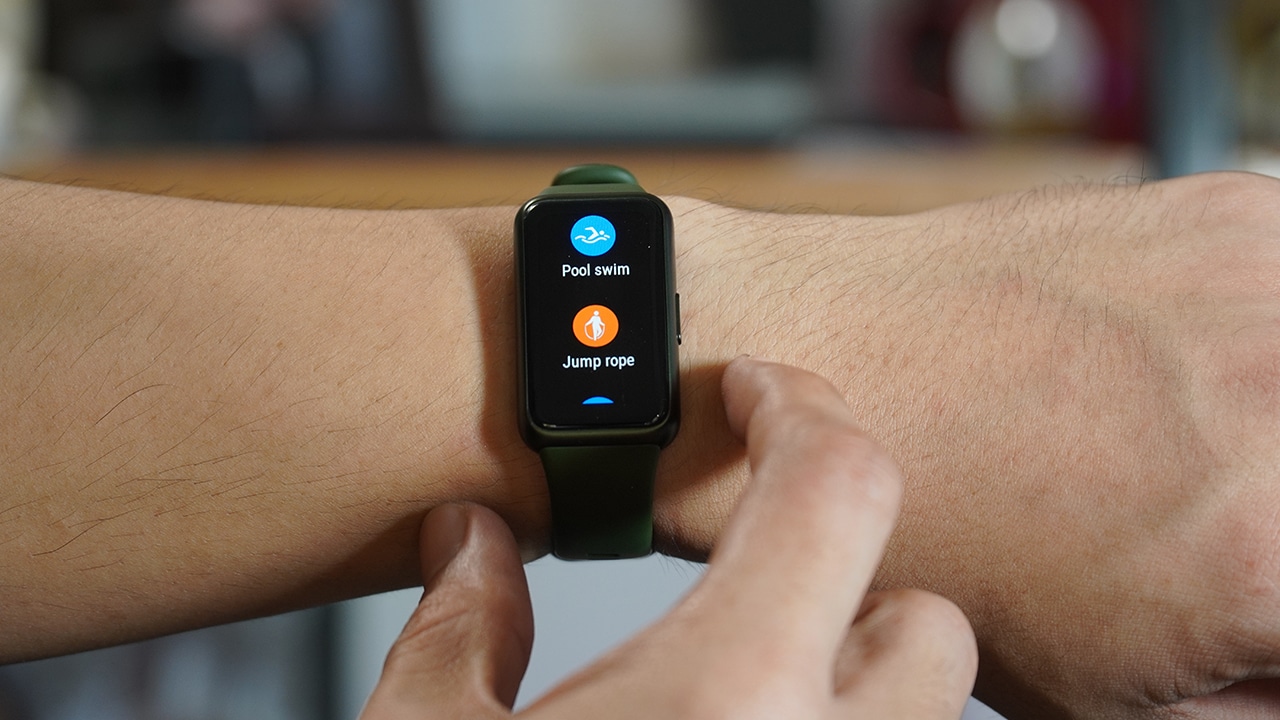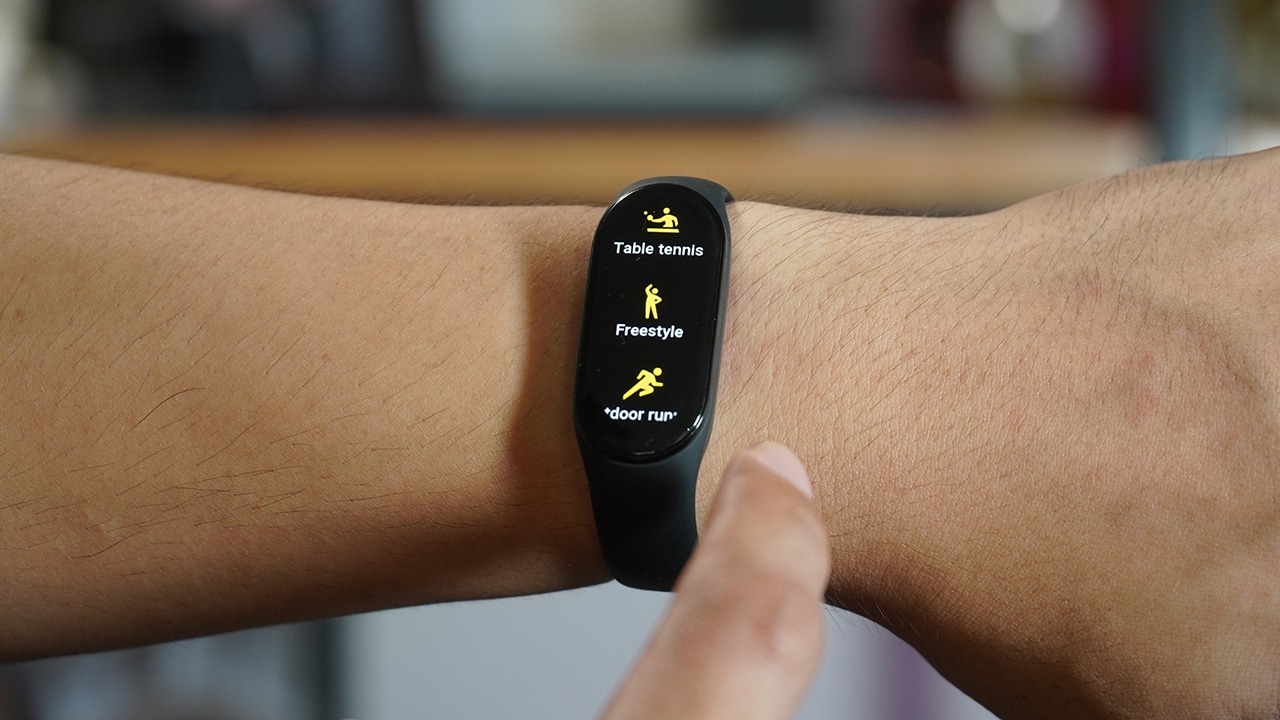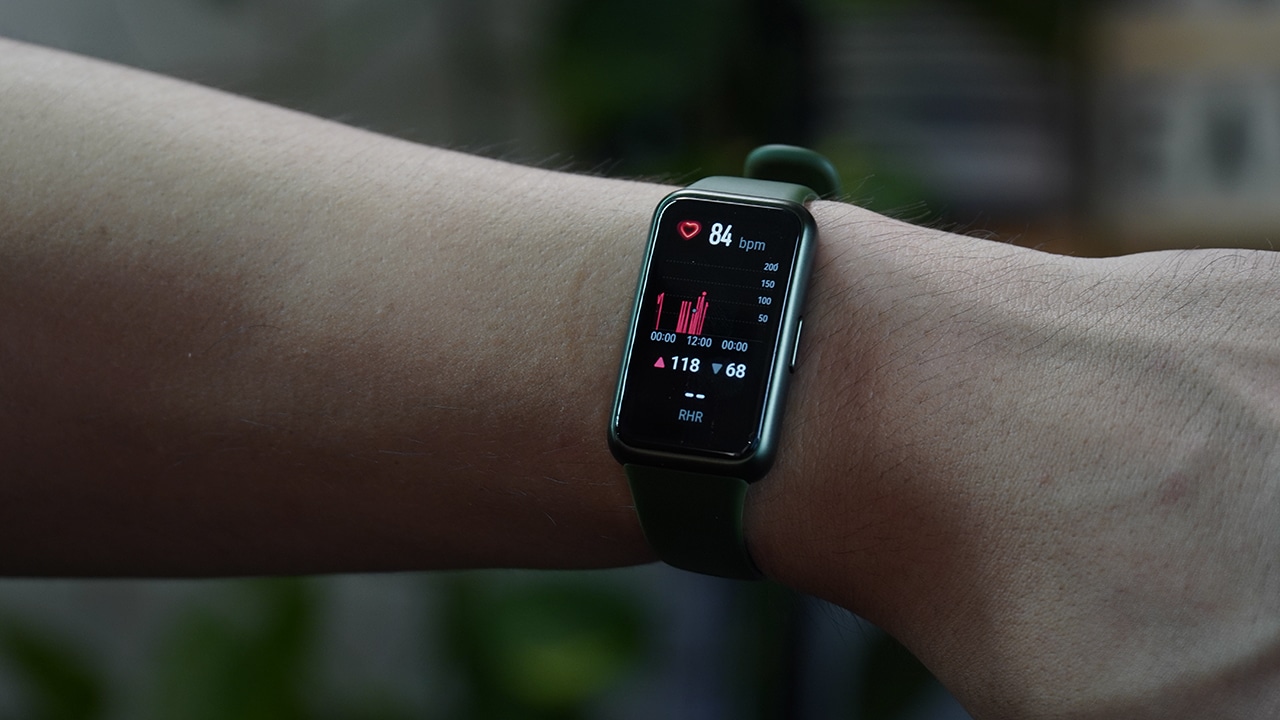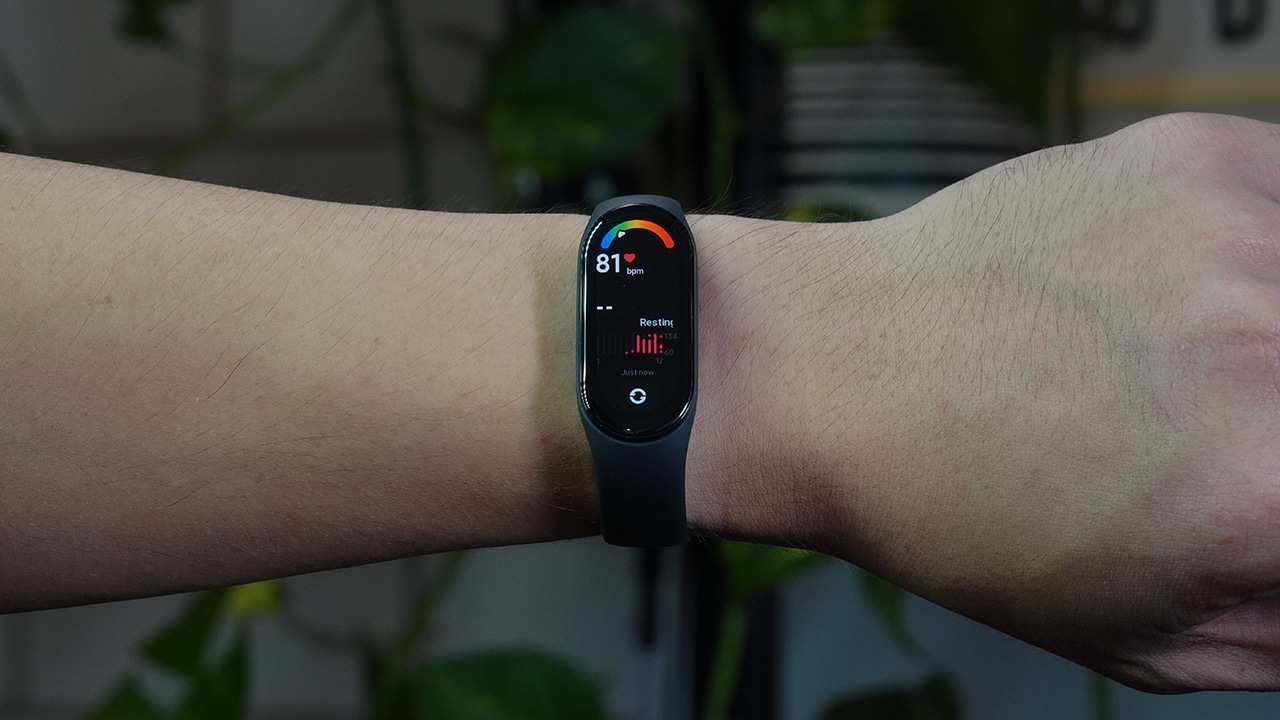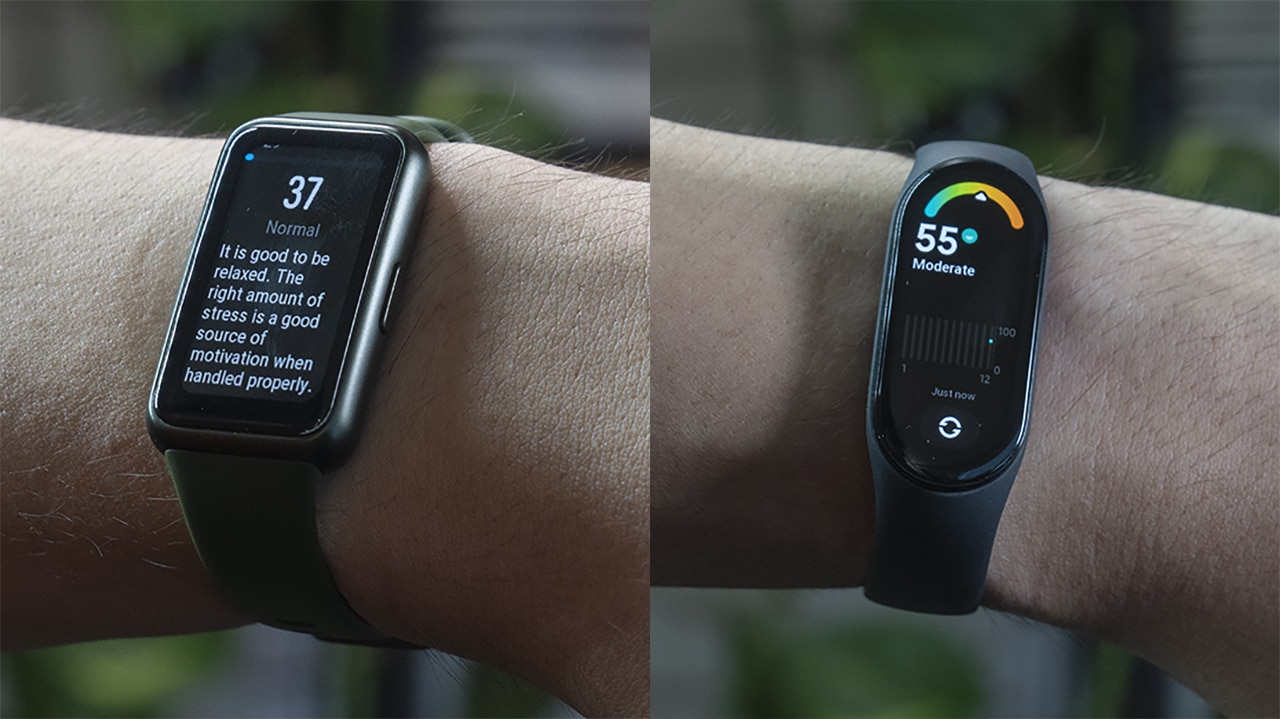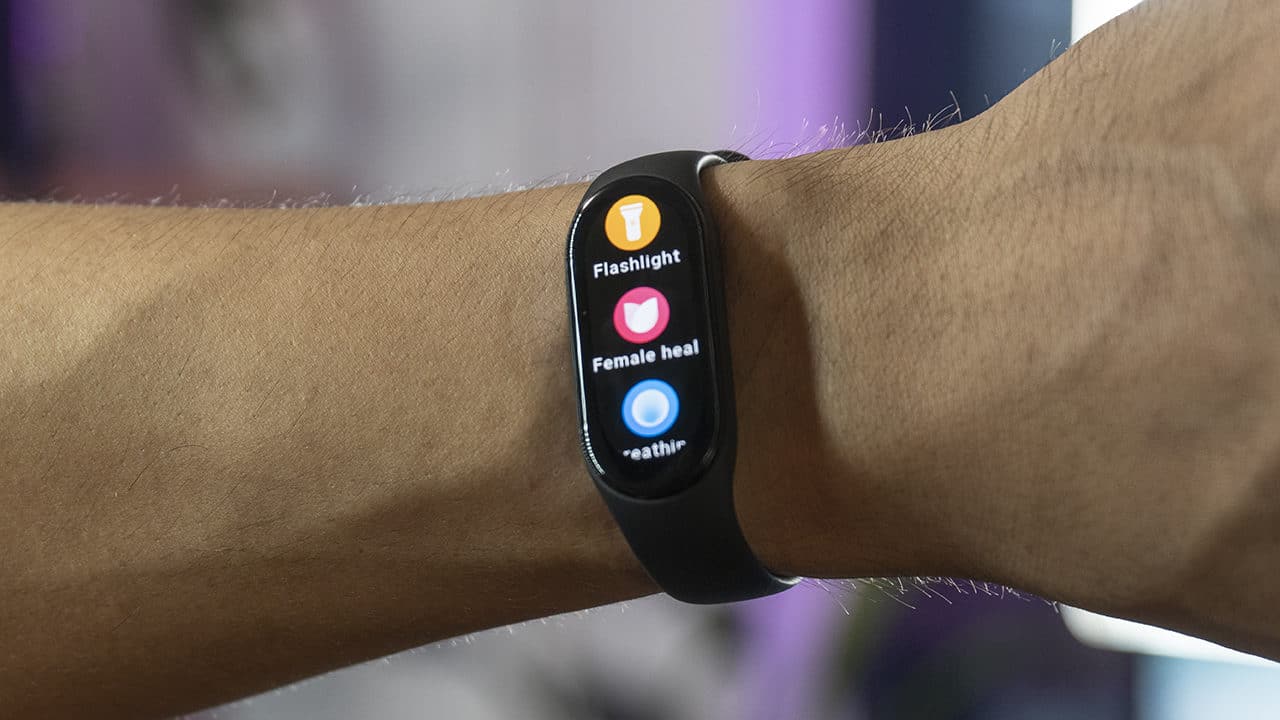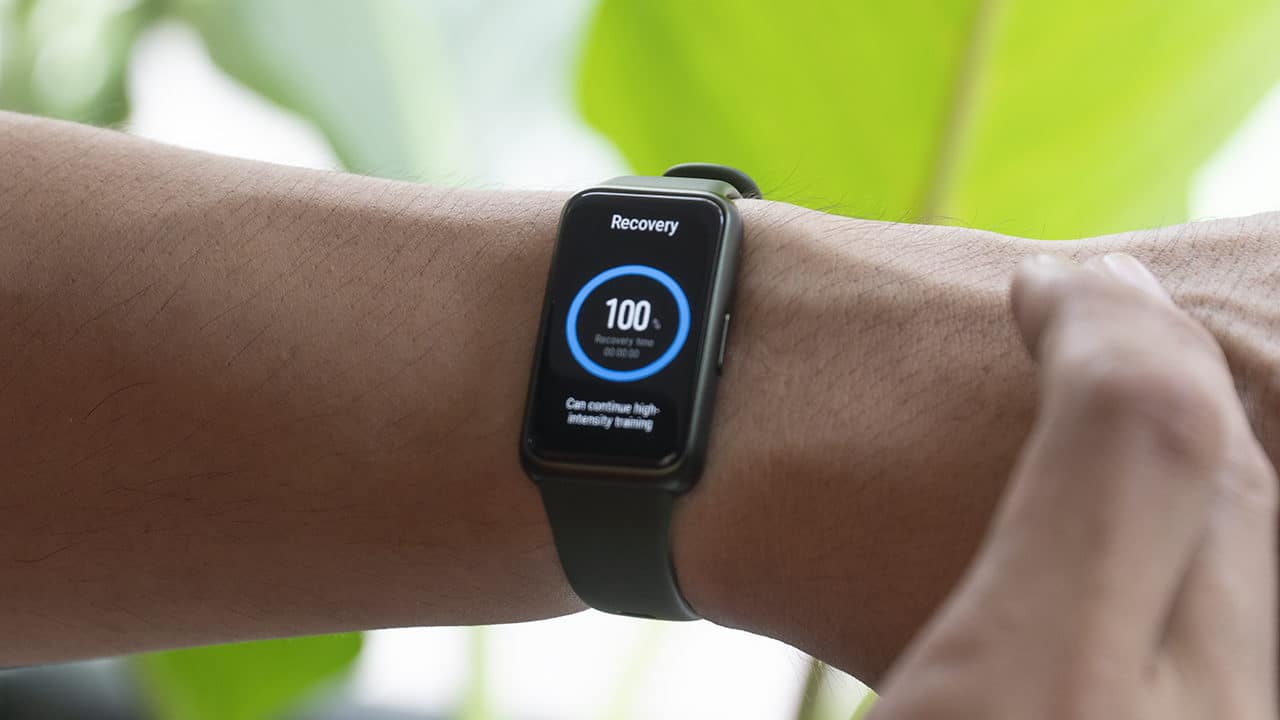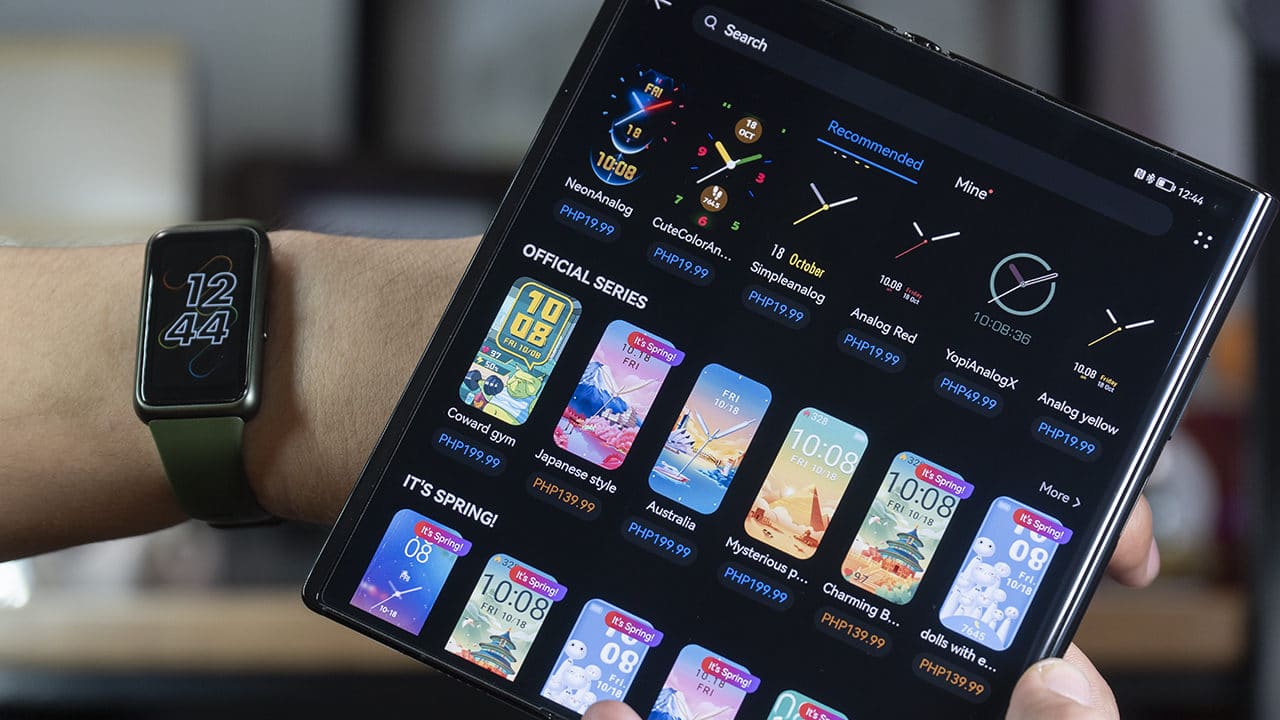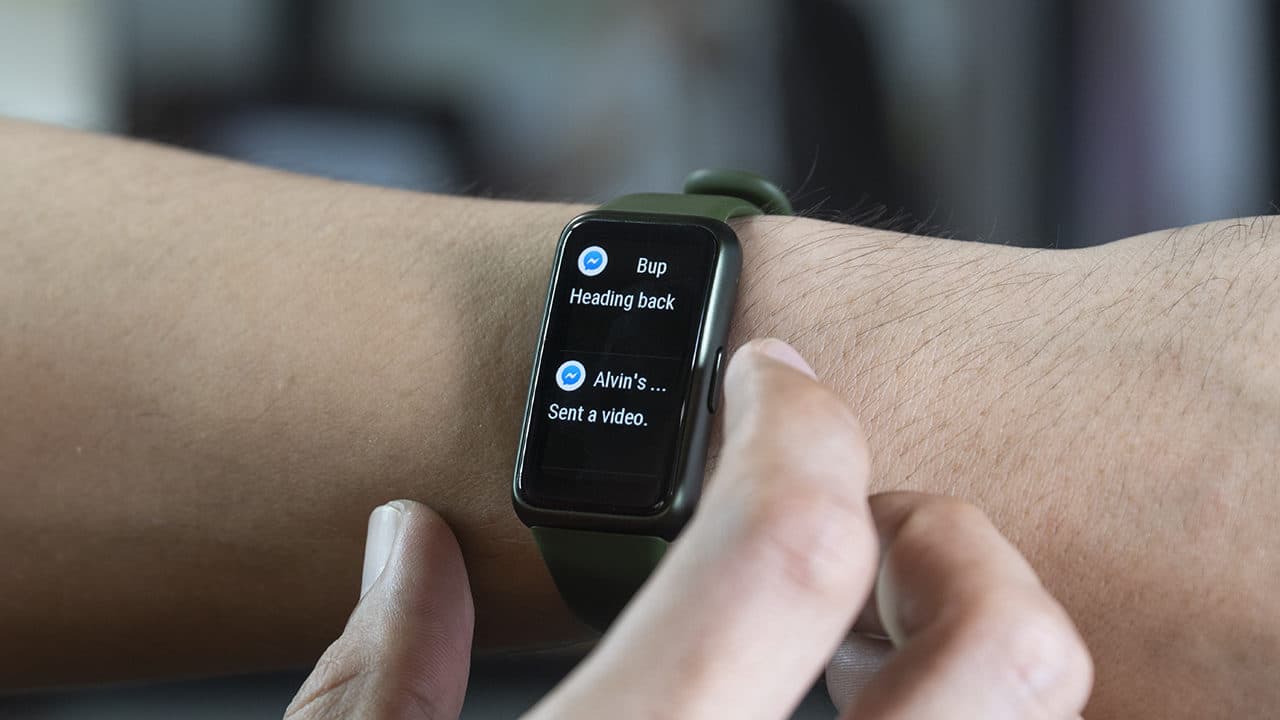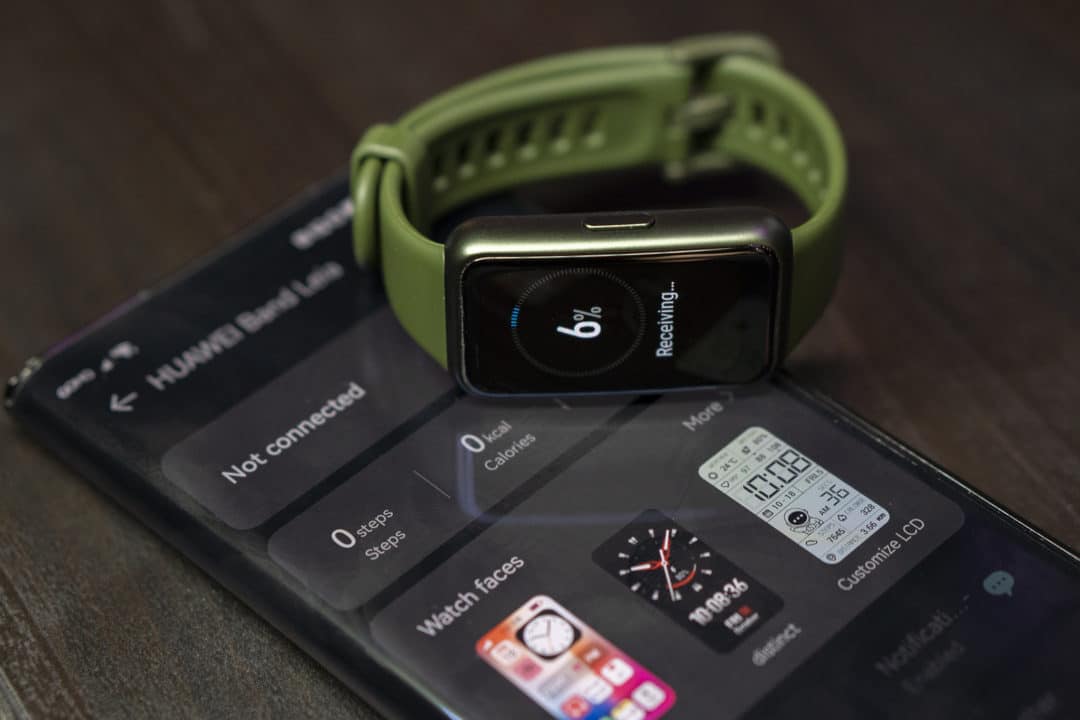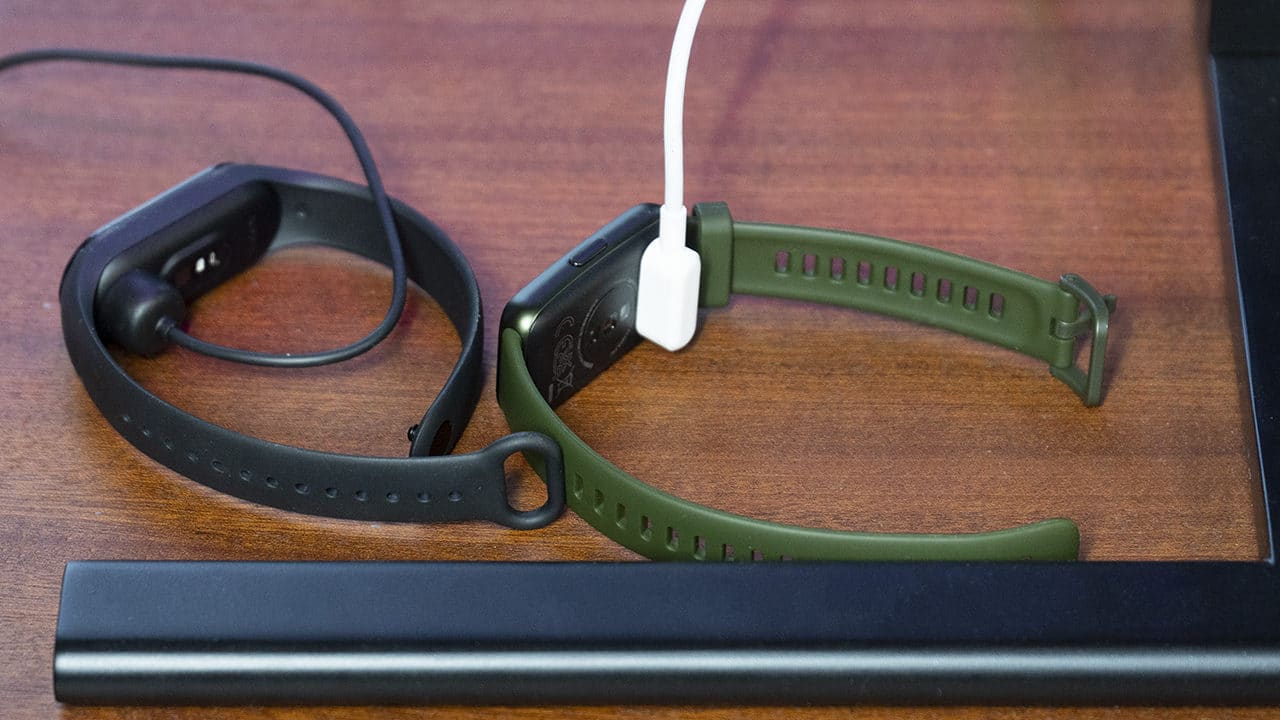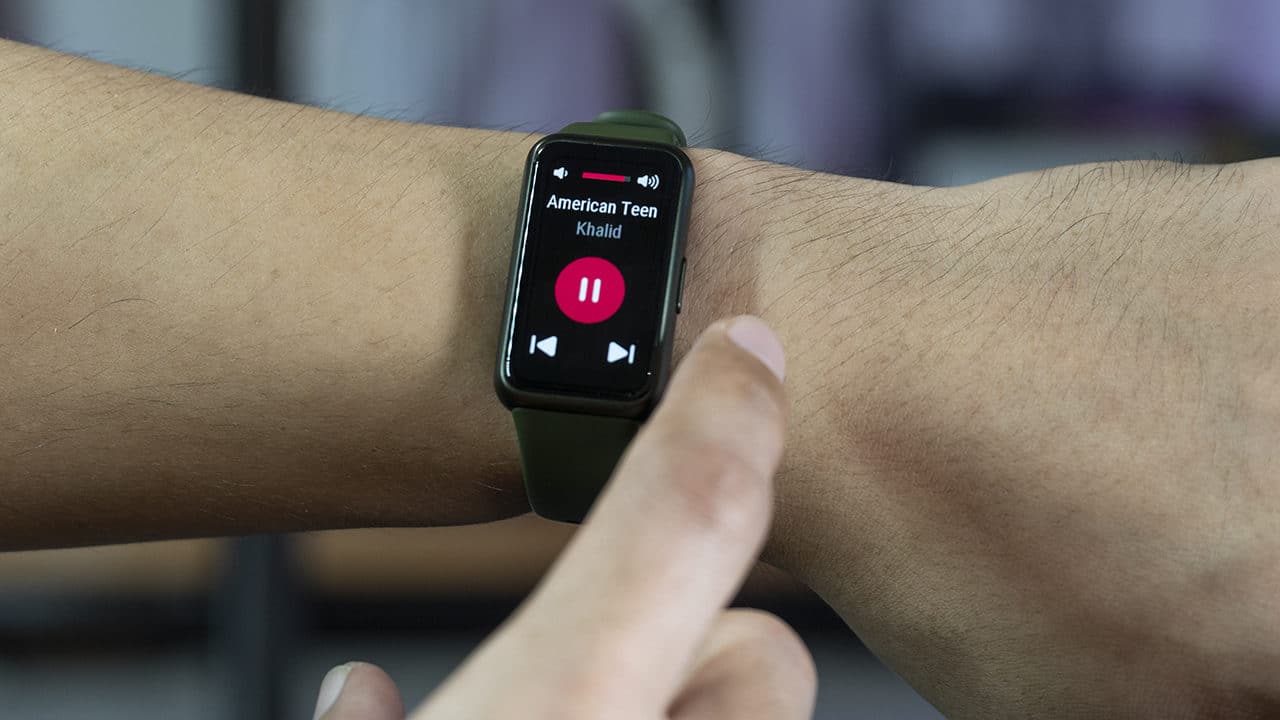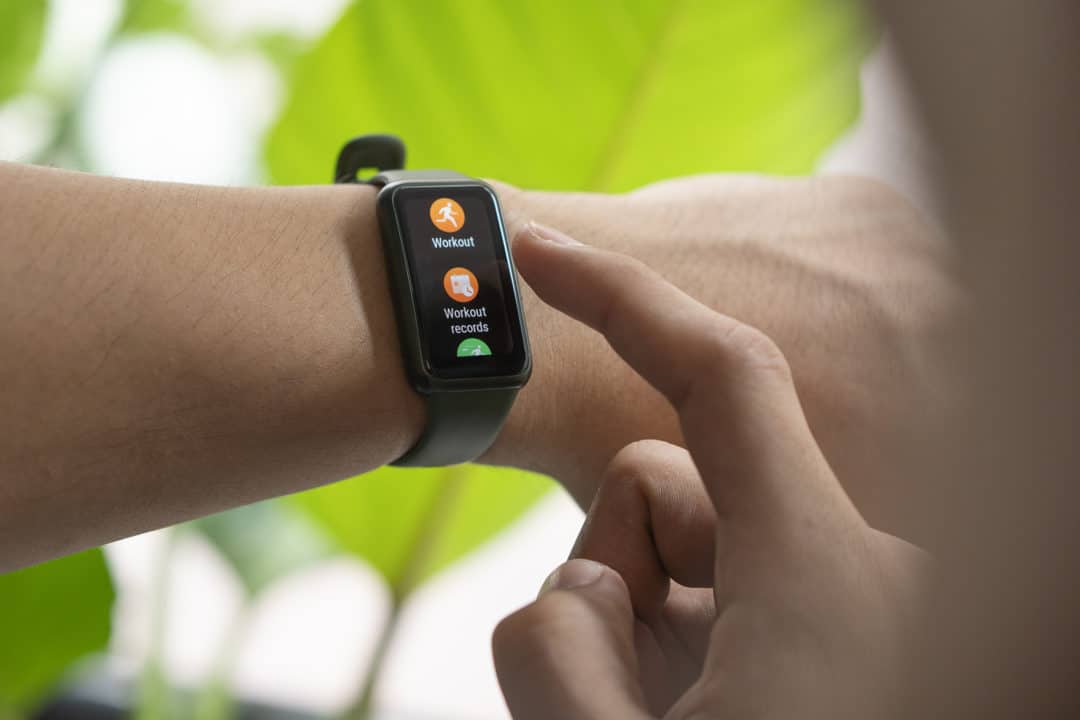With online classes and WFH setups becoming the new norm, it’s more important than ever to invest in a reliable laptop. Not all notebooks are equal, however. You need to pick one that suits your specific needs and fits the budget.
For this list, we prioritize three factors: brand, specifications, and price. We highly recommend purchasing from reputable brands and shops because they offer reasonable warranty for their laptops.
For specs, it’s important to aim for at least a Core i3 or Ryzen 3 CPU; anything lower than those could cause stutter during heavy usage. Lastly, we chose a price limit of PhP 30,000, which excludes certain models such as those from Microsoft and MSI.
While you could find laptops cheaper than the ones listed below, you run the risk of subpar performance or trade-offs such as cheap keyboards or low-resolution displays. When it comes to long-term gadgets, it’s best to invest in the best.
SEE ALSO: 5 best affordable tablets for online classes and WFH (2021)
Acer Aspire 5
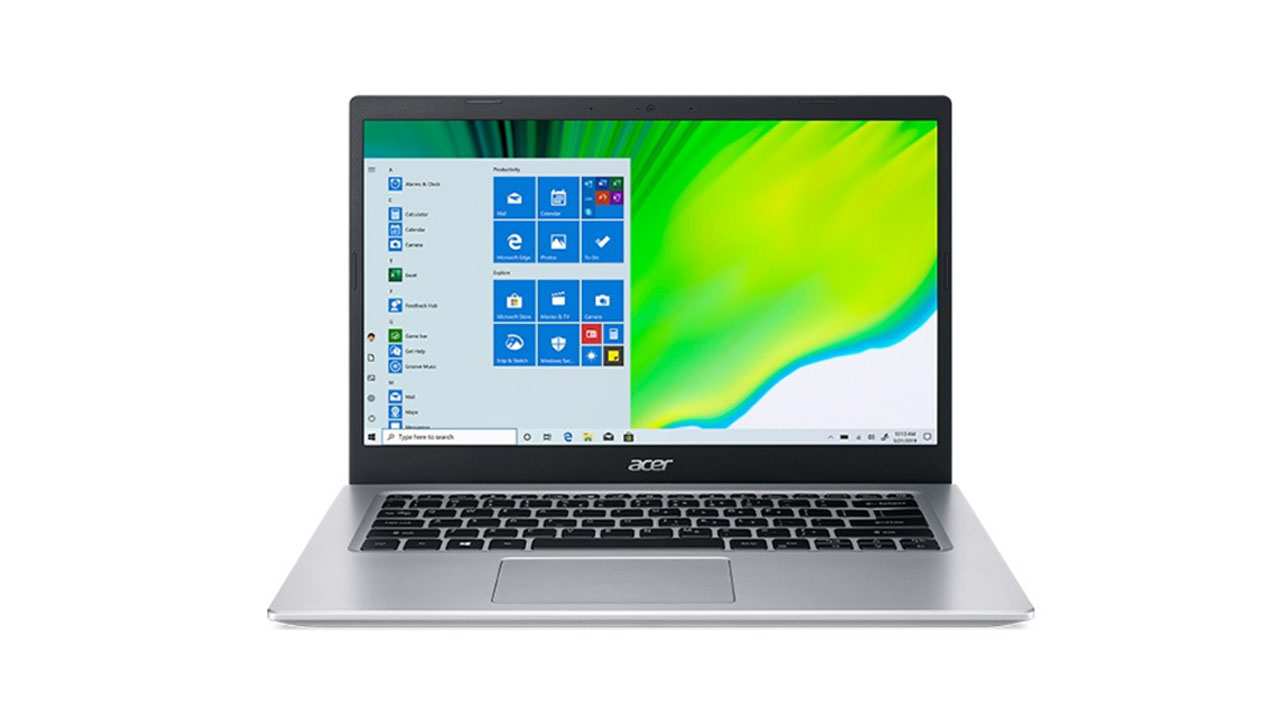
Specifications and Price:
- 14-inch 1080p display
- Intel Core i3-1115G4 processor
- 8GB RAM
- Intel UHD graphics
- 256GB SSD
- PhP 27,999
Acer’s Aspire 5 does everything right: an 11th-generation Core i3 processor, the bare minimum 8GB of RAM, and a healthy 256GB SSD. On top of all that, it comes with a two-year warranty. It’s tough to beat its value, especially since it’s well below the PhP 30,000 mark.
Its design is unremarkable, but if you’re spending most of your time at home, no one’s going to notice.
ASUS ExpertBook P1
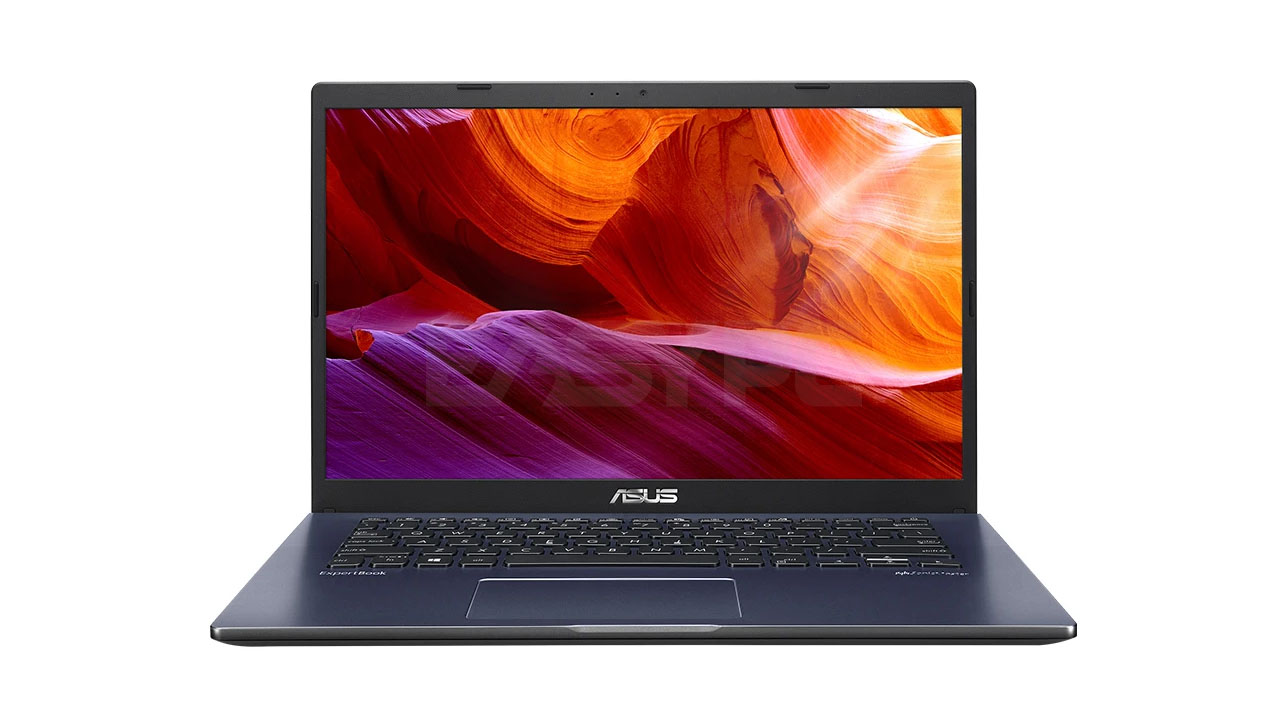
Specifications and Price:
- 15.6-inch 1080p display
- AMD Ryzen 3 3200U Processor
- 4GB RAM
- Radeon Vega 3 graphics
- 128GB SSD
- PhP 26,995
The ASUS ExpertBook P1 has a large 15.6-inch display and a number pad, both of which make this laptop great for heavy data crunching. In addition, the Ryzen 3 processor with its Vega 3 graphics make Chrome and Photoshop usage smooth.
On the other hand, the 4GB of RAM and 128GB SSD definitely need to be upgraded down the line. Fortunately, at PhP 26,995, you’ll have extra cash to spend.
Dell Inspiron 3501
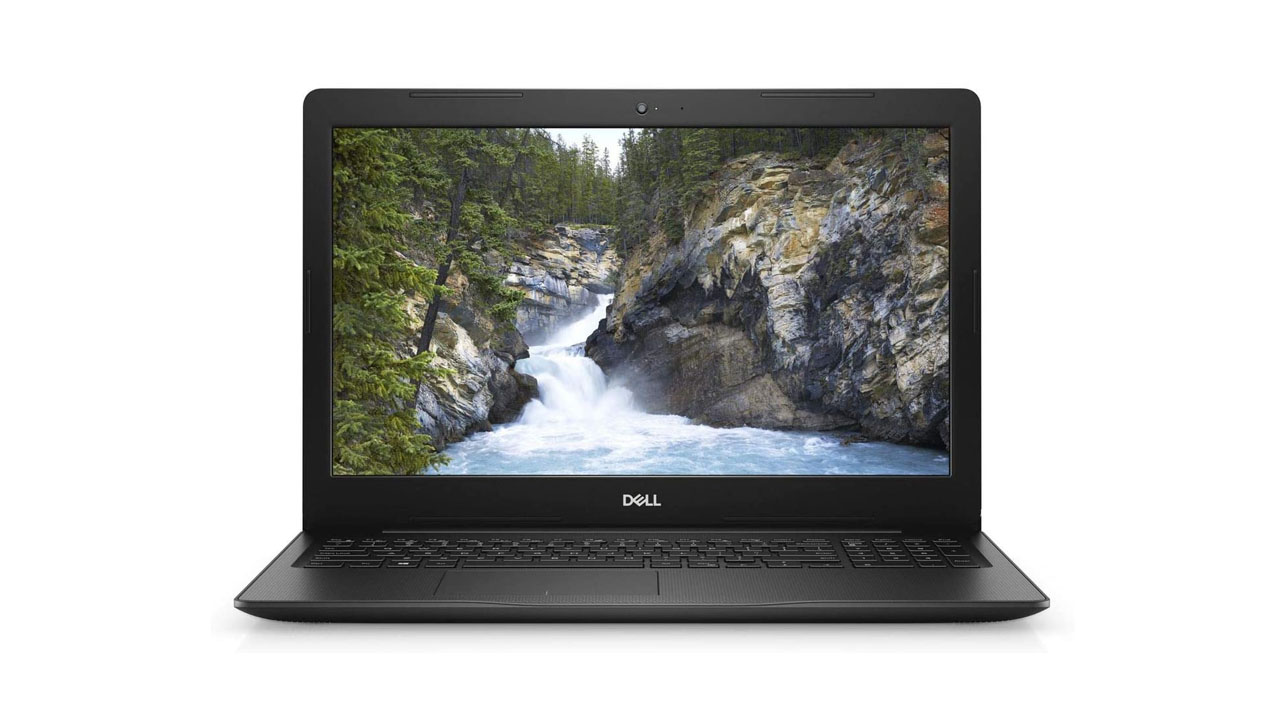
Specifications and Price:
- 15.6-inch 1080p display
- Intel Core i3-1125G4 processor
- 4GB RAM
- Intel UHD graphics
- 256GB SSD
- PhP 29,990
While this Dell Inspiron looks plain on the surface, its hardware has a nice mix of the aforementioned Acer and ASUS laptops. You get the larger 15.6-inch display, 11th-generation Core i3 processor, and generous 256GB SSD.
However, this is another model that requires a RAM upgrade for its measly 4GB. On the bright side, Dell’s home service applies to this laptop’s warranty.
CHECK OUT: Value for money gaming laptops starting at PhP30K
Huawei MateBook D 15
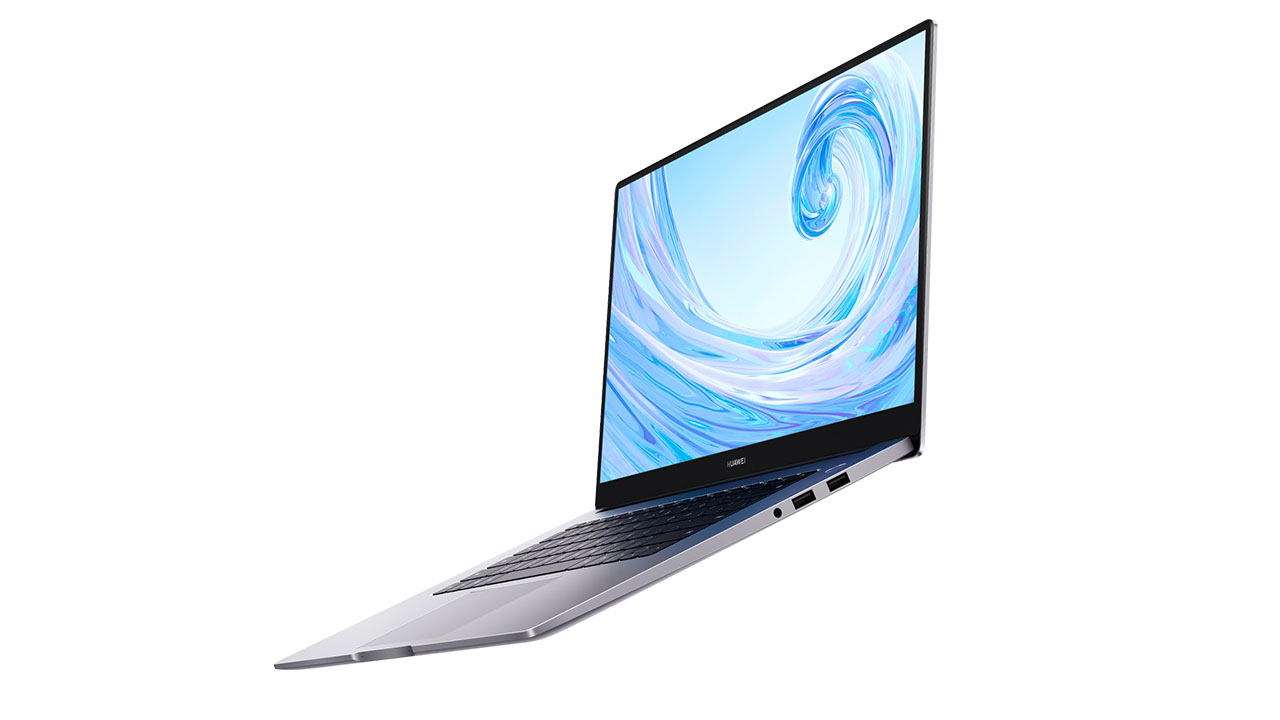
Specifications and Price:
- 15.6-inch 1080p display
- Intel Core i3-10110U processor
- 8GB RAM
- Intel UHD graphics
- 256GB SSD
- PhP 31,999
The MateBook D 15 goes above the P30,000 limit, but Huawei often includes freebies such as a backpack to the package. It’s certainly worth spending extra for this model: it comes with all the essential hardware, plus some nifty features, such as a fingerprint reader for logging in, USB-C charging, and Huawei Share for easier pairing with your smartphone.
The only downside is its recessed webcam above the keyboard; people on the other end of the video call would have a clear view of your nostrils.
Lenovo IdeaPad 3i
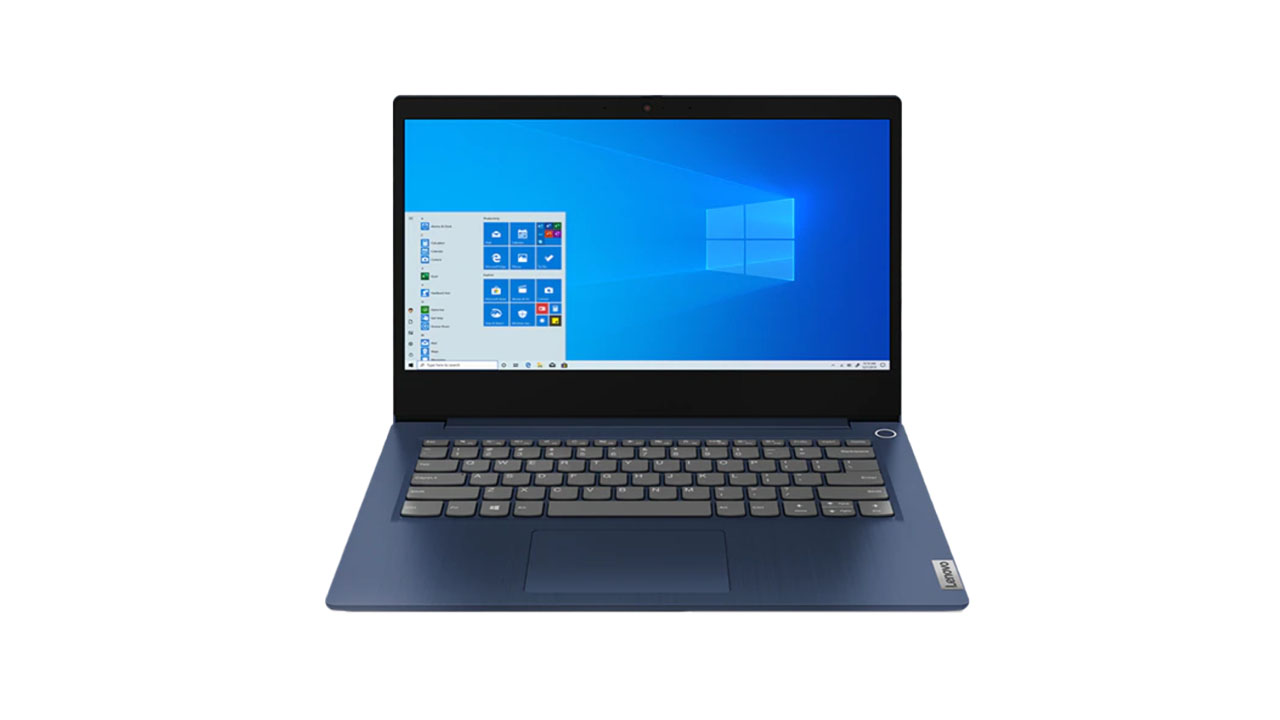
Specifications and Price:
- 14-inch 1080p display
- Intel Core i3-1005G1 processor
- 4GB RAM
- Intel UHD graphics
- 128GB SSD and 1TB HDD
- PhP 29,995
If you’re after lots of storage, the IdeaPad 3i is your best bet. In addition to the 128GB SSD, it includes a 1TB HDD for all your locally saved files. It also comes with a physical shutter for its webcam, allowing you to cover it when not in use.
Other than those, this IdeaPad has run-of-the-mill specifications from its 10th-generation Intel Core i3 processor to the 14-inch Full HD display.
Alternatives
Apple MacBook
It’s time to address the elephant in the room: you can’t score a brand-new MacBook at this price point. Alternatively, you could find secondhand or refurbished models on platforms such as Facebook Marketplace.
A MacBook’s main advantage would be its macOS operating system. You’d have access to apps and software that you can’t use on Windows laptops. MacBooks also tend to last longer than their Windows counterparts thanks to sturdier build quality and service centers specifically catered to repair Apple products.
Chromebook
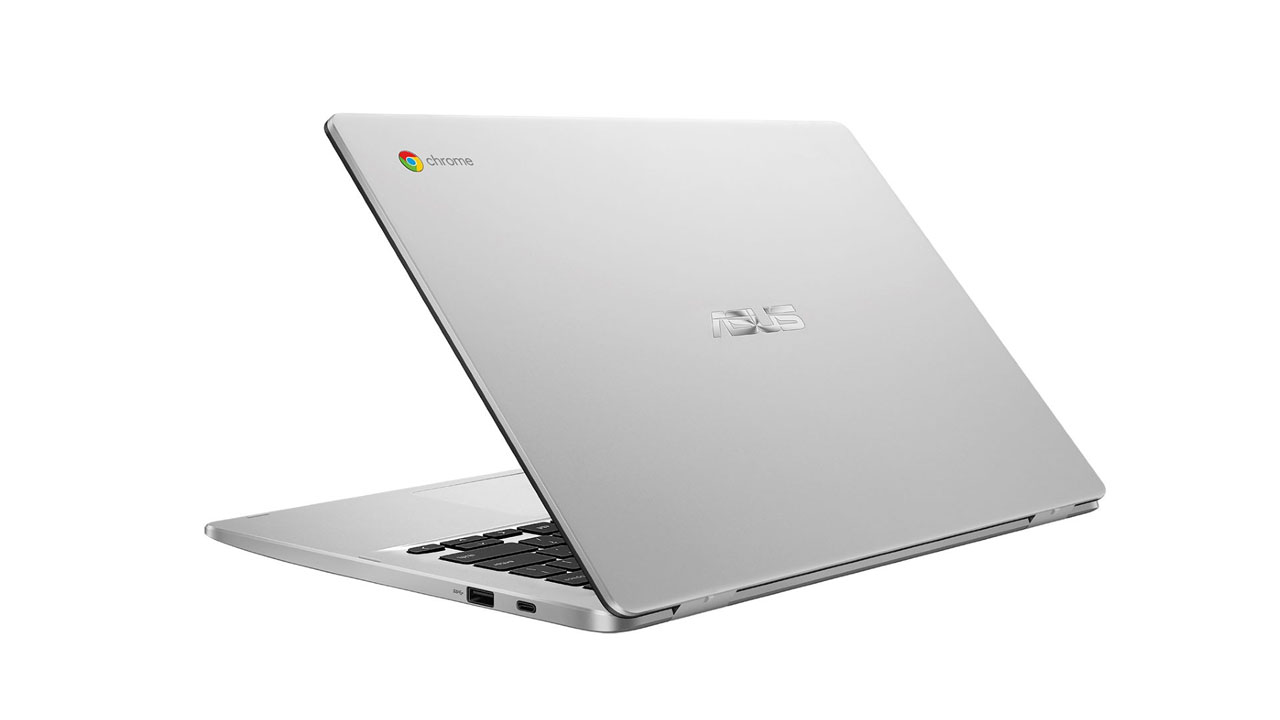
If you aren’t loyal to Windows or macOS and are on a tight budget, the next best thing is a Chromebook. They hover around the P10,000 to PhP 15,000 range from known brands including ASUS and Lenovo. The catch is that the build quality may not be as solid as the laptops above and your apps will be limited to what Google allows you to install.
Thankfully, Chromebooks have access to the Play Store, providing a similar experience to what you’d find on an Android smartphone except with a much larger screen.
Final thoughts
You can’t go wrong with any of the aforementioned Windows laptops. If we were forced to recommend only one, it would be the Acer Aspire 5. It has every specification covered, and it’s one of the cheapest Core i3 laptops you can find brand new.
Best of all, the two-year warranty is unmatched in providing peace of mind during your online classes or work from home. Our runner-up would be the Dell Inspiron 3501.
If you have an extra stick of RAM to insert, it’s easily the most complete 15-inch laptop you can find at this price point.
[wptb id=17751]

